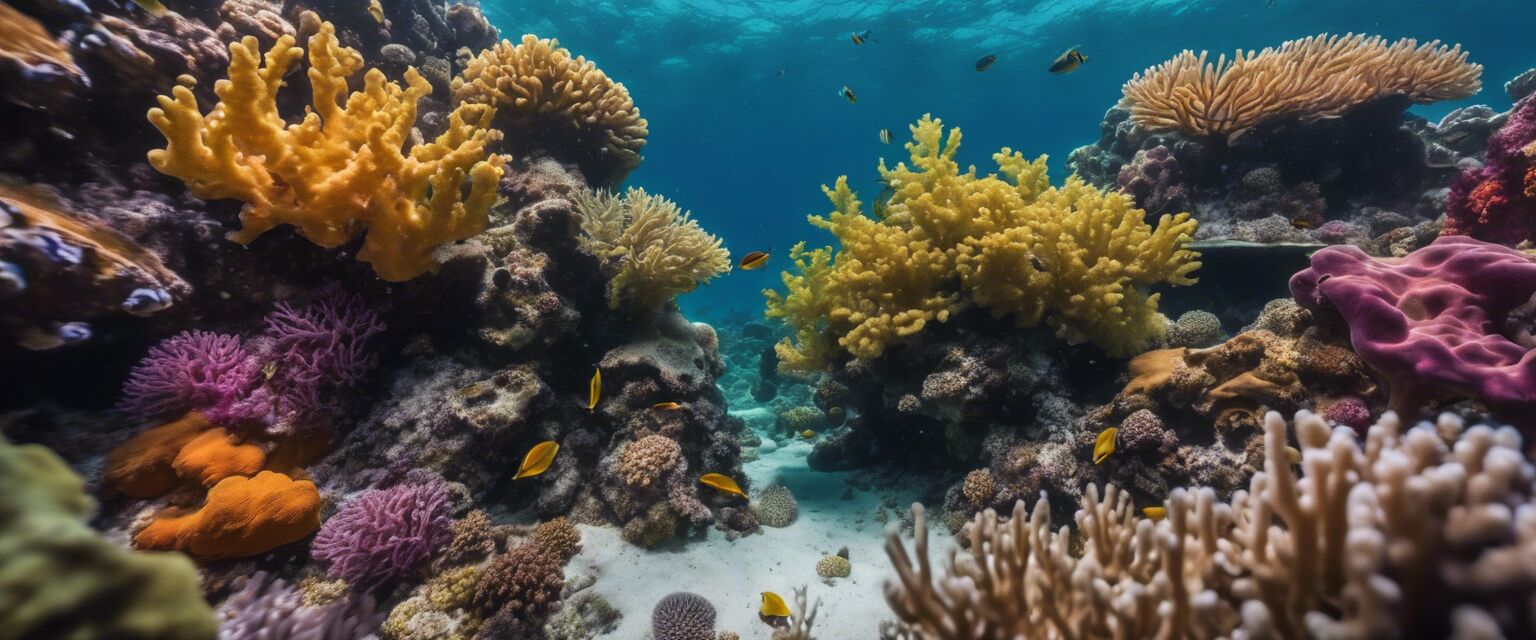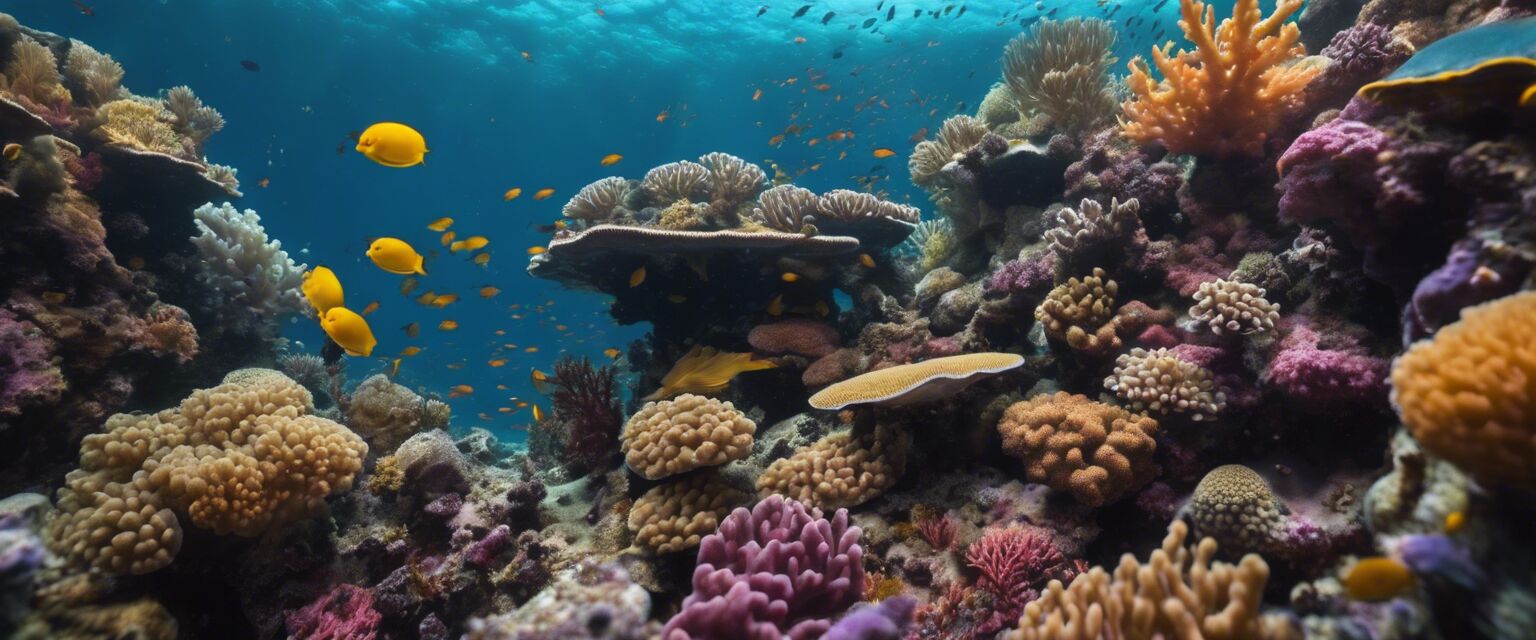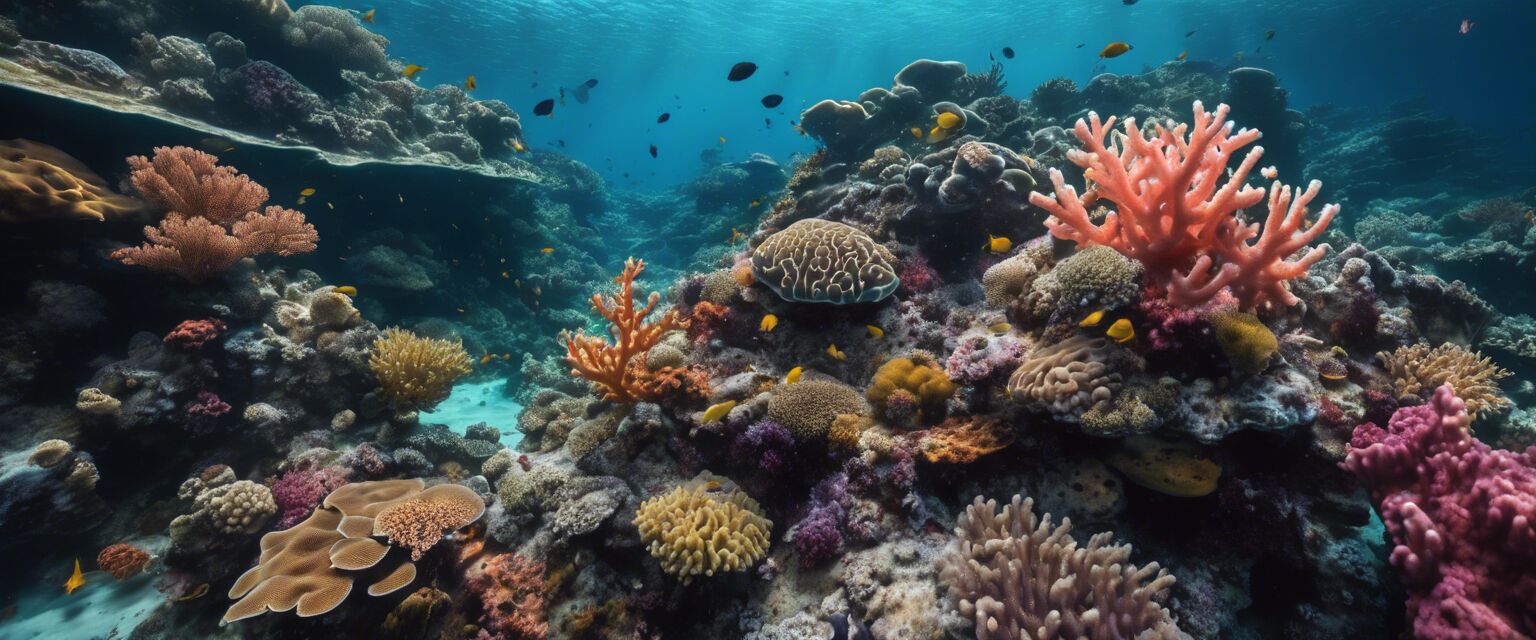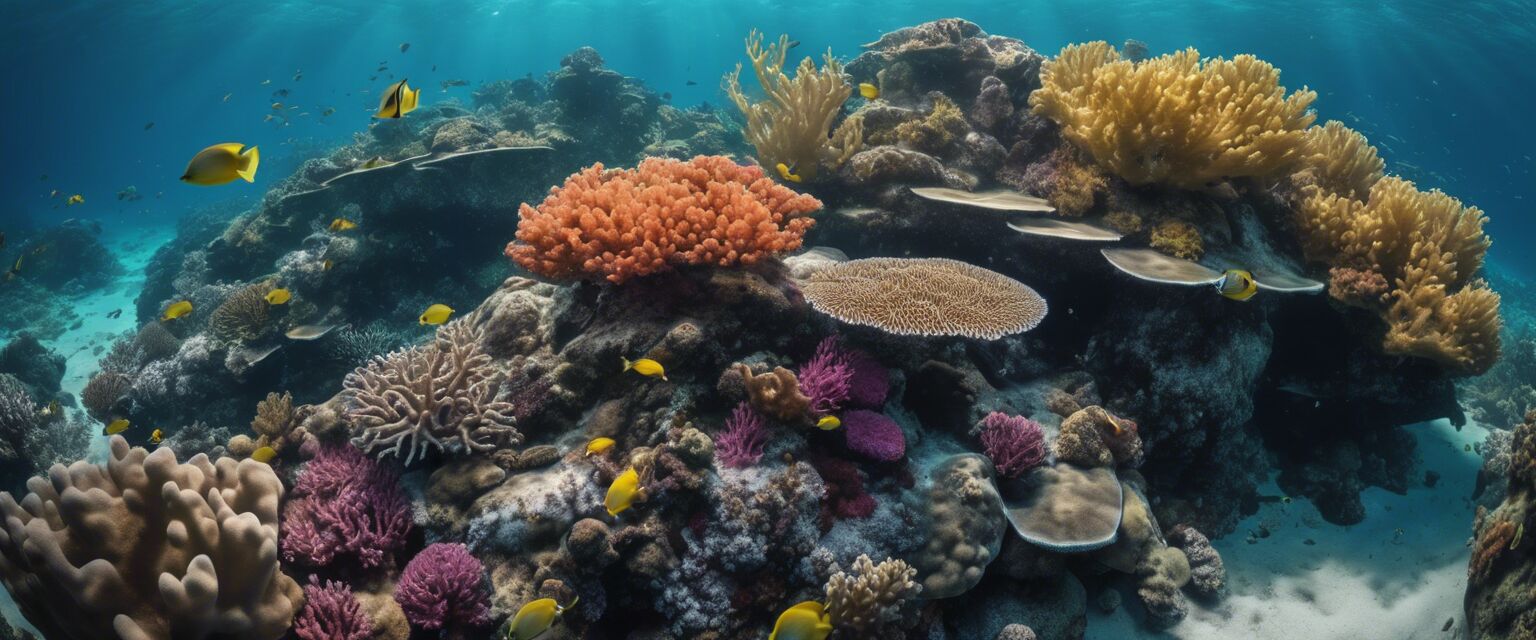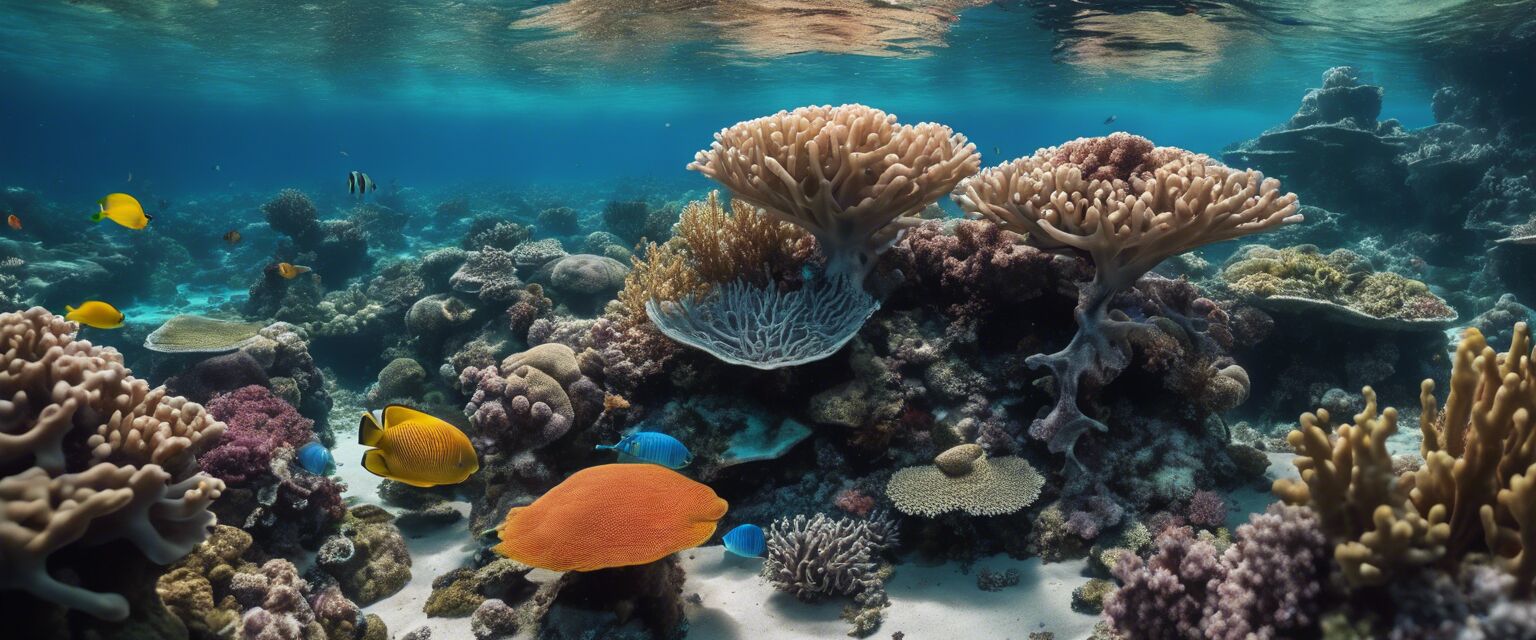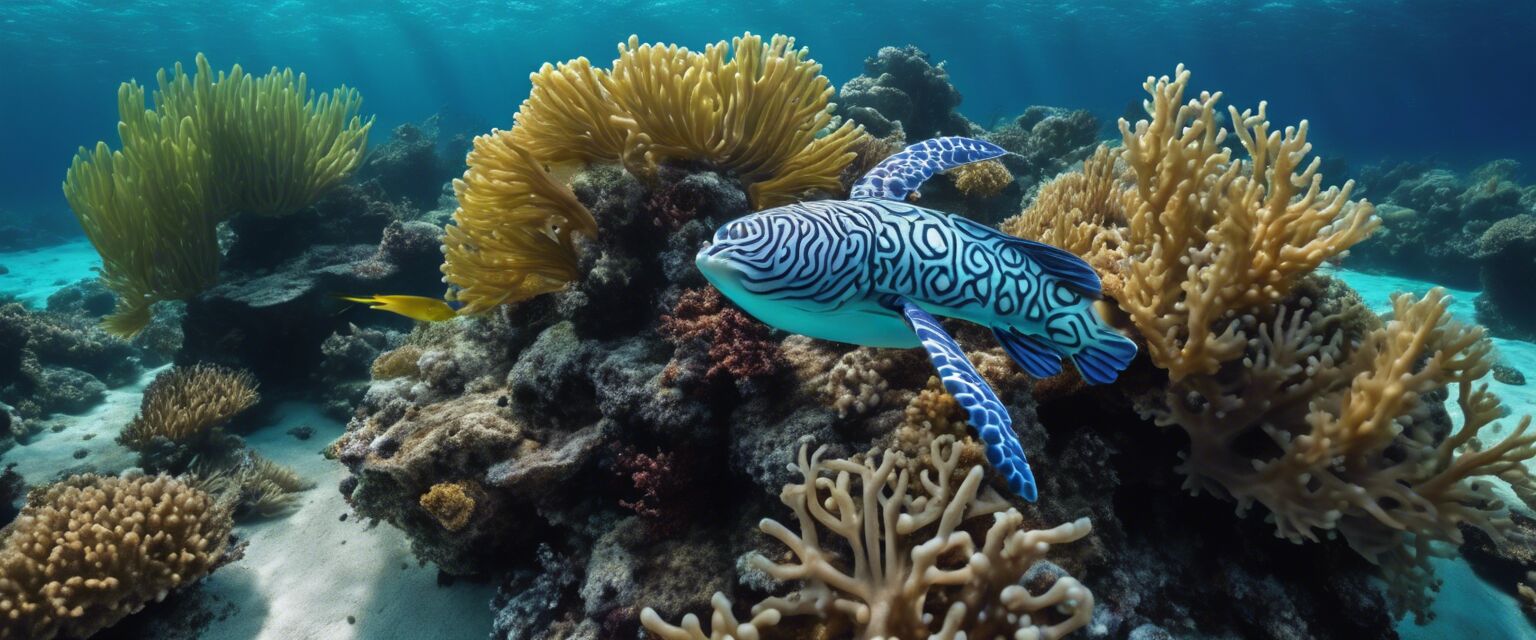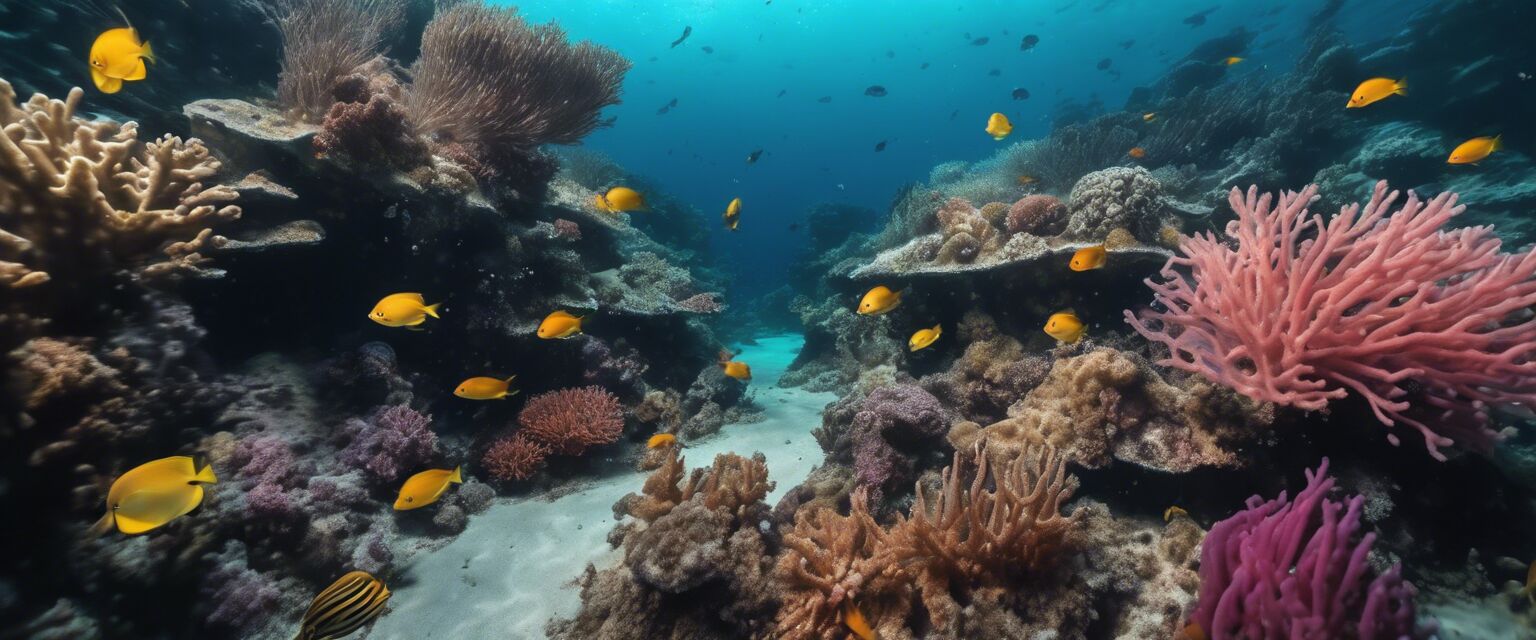
Working with different water types
Key Takeaways
- Water clarity, temperature, and other environmental factors significantly influence underwater photography.
- Different water types require specific techniques for optimal results.
- Understanding lighting conditions can enhance image quality.
- Patience and practice are essential in mastering underwater photography.
Underwater photography presents unique challenges and opportunities, especially when dealing with different water types. Whether you are diving into a crystal-clear ocean or a murky lake, each environment demands different techniques and considerations. In this article, weâll explore how water clarity, temperature, and other conditions affect your underwater photography and provide tips for capturing stunning images in various scenarios.
Understanding water clarity
Water clarity refers to the transparency of the water, which has a profound impact on photography. Here are some key points to consider regarding water clarity:
- Clear water: Ideal for vibrant colors and visibility.
- Muddy water: Limits visibility, often requiring flash or artificial lighting.
- Green or brown water: Caused by algae or sediment, affecting color saturation in images.
Techniques for different water clarity
| Water Clarity | Recommended Techniques |
|---|---|
| Clear | Natural light, low ISO settings, and polarizing filters. |
| Muddy | Use artificial lighting and higher ISO settings. |
| Green/Brown | Focus on close-ups and utilize color correction in post-processing. |

The impact of water temperature
Water temperature also plays a critical role in deciding your photography settings and gear:
- Cold water usually requires more insulation, potentially affecting your mobility.
- Warm water can lead to overheating of the camera equipment.
- Temperature can influence marine life behavior, which is essential for capturing the right moments.
Equipment considerations
| Water Temperature | Recommended Equipment |
|---|---|
| Cold (<20°C) | Wetsuits, insulation for camera, and batteries. |
| Warm (>20°C) | Lightweight gear, hydration systems for the diver. |

Lighting conditions and their effects
Light behaves differently in water due to refraction and absorption. Understanding how to work with varying light conditions is crucial for success in underwater photography:
- Natural light: Best during mid-day hours for optimal results.
- Flash photography: Beneficial in deeper or murkier waters.
- Long exposures: Can be used creatively but require stabilizing equipment.
Best practices with lighting
| Lighting Type | Tips |
|---|---|
| Natural | Avoid shooting against the sun and focus on soft light angles. |
| Flash | Keep the flash close to the subject to minimize backscatter. |

Practicing patience and creativity
Underwater photography is as much about the experience as it is about the technicalities. Here are some tips to enhance your photography skills:
Tips for beginners
- Take your time to observe marine life before shooting.
- Experiment with angles and perspectives for unique shots.
- Practice buoyancy control; it allows for steadier shots.
- Focus on a single subject to avoid overwhelming your shot.
Pros
- Captures unique and stunning images.
- Promotes appreciation of marine life.
- Offers creative expression through photography.
Cons
- Can be challenging for beginners.
- Requires specialized equipment.
- Environmental conditions can be unpredictable.
Conclusion
Understanding how different water types affect underwater photography is essential for capturing breathtaking images. By considering water clarity, temperature, and lighting conditions, you can tailor your approach for each dive. Remember, practice and patience will lead to stunning photographs that can showcase the beauty of marine life.
For more detailed insights on various aspects of underwater photography, check out our guides on camera accessories, lighting equipment, and photography guides.

